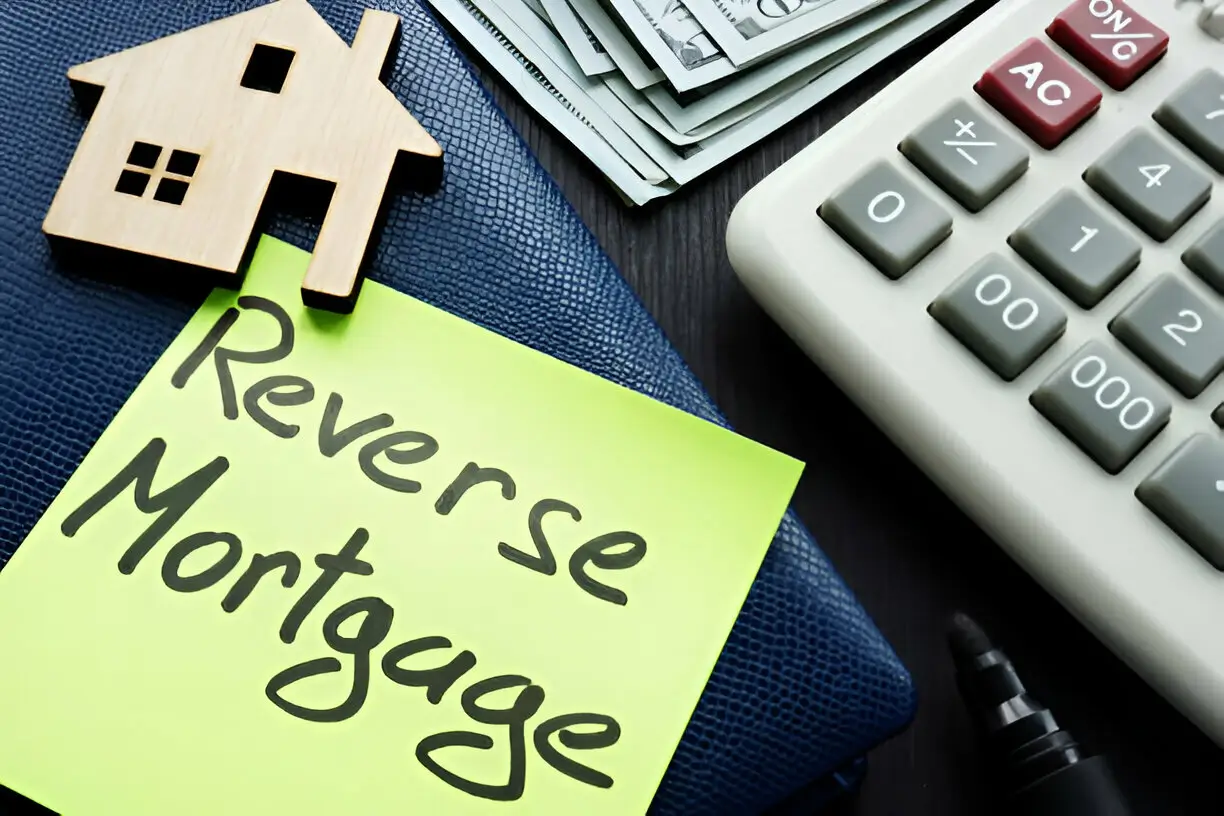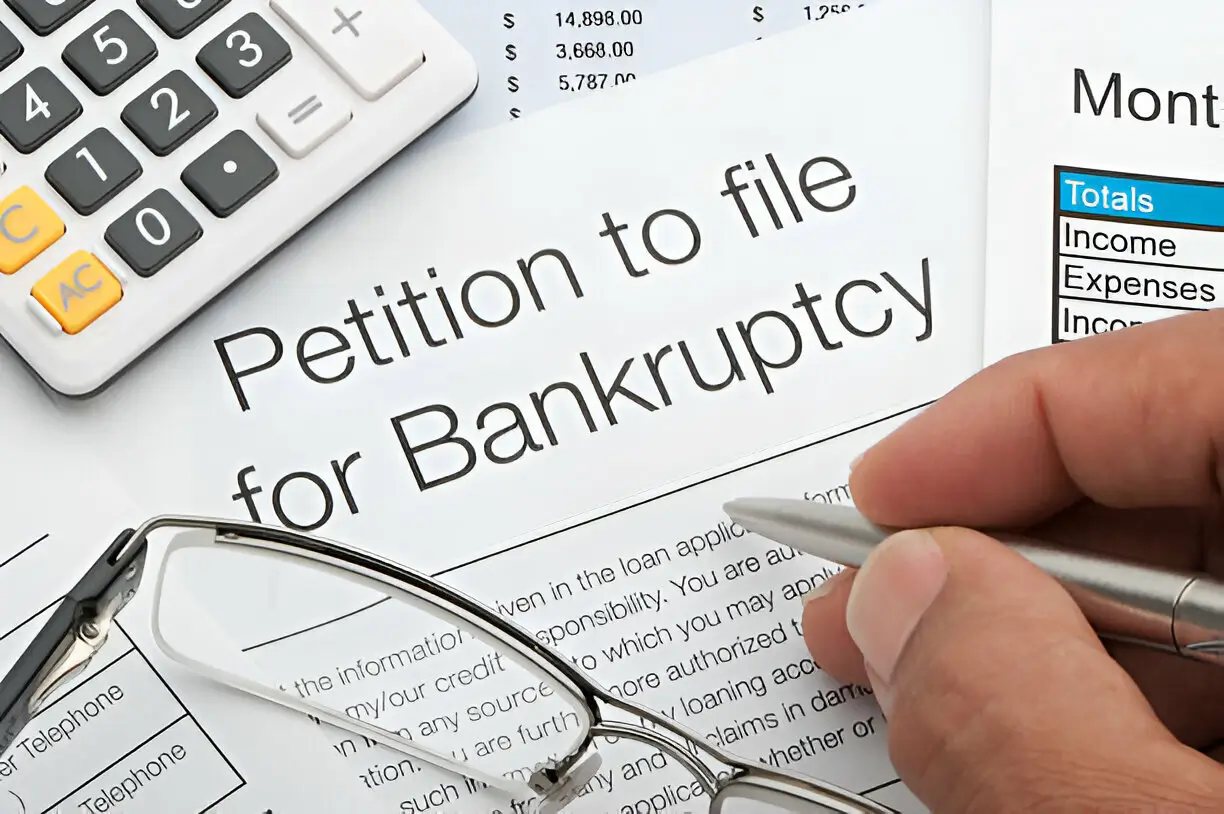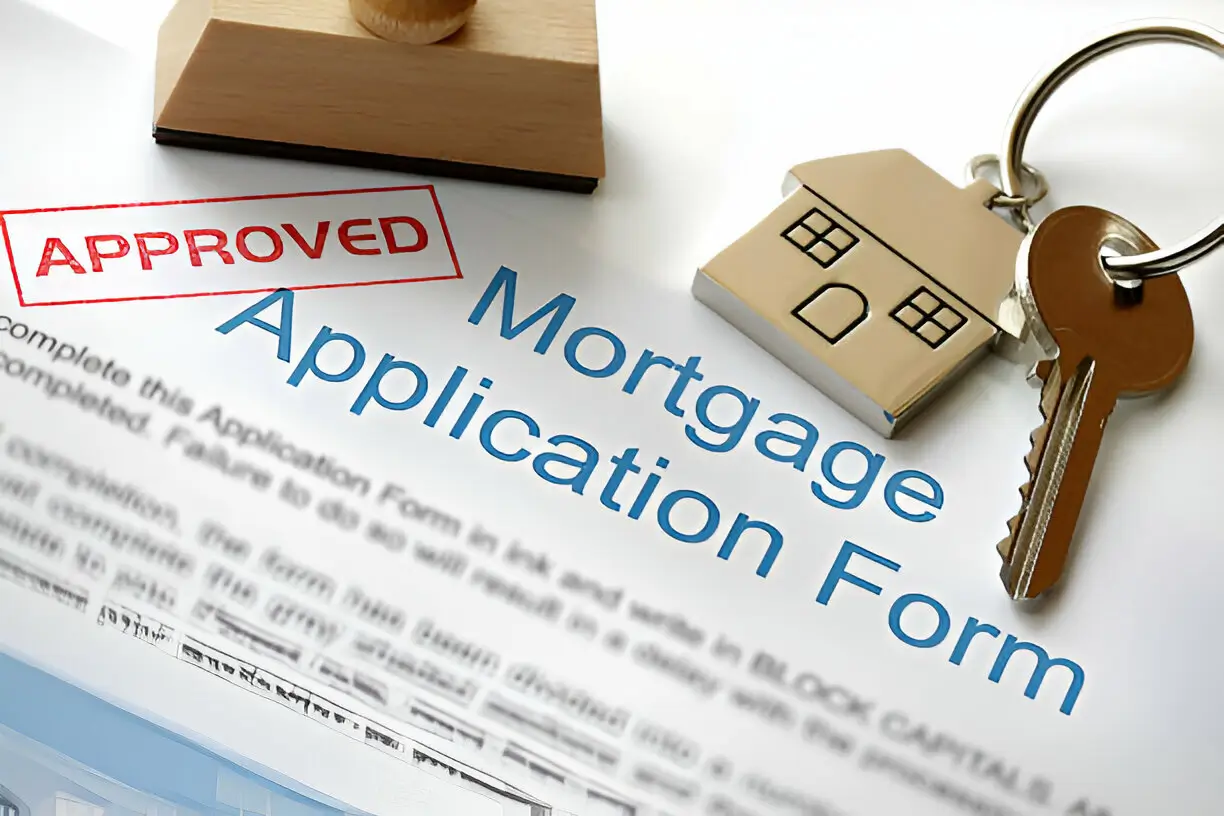Refinancing your mortgage sounds tempting, right? It can lower your interest rate and monthly payments, but is it always the best move? In this guide, we’ll break down the pros and cons of refinancing your mortgage so you can make an informed decision. Stick around to see if refinancing is the right choice for you. Let’s dive in and explore!
The Pros and Cons of Refinancing Your Mortgage
Refinancing your mortgage is a major financial decision that can have a significant impact on your financial future. It involves replacing your current mortgage with a new one, often with different terms. While refinancing can offer several benefits, it also comes with potential drawbacks. Understanding these pros and cons is essential to determine if it’s the right move for you.
What is Refinancing?
Refinancing your mortgage means paying off your existing loan with a new one that has different terms. Homeowners typically refinance to take advantage of lower interest rates, reduce monthly payments, or access home equity.
Pros of Refinancing Your Mortgage
Refinancing can provide numerous benefits, but it’s important to weigh these against the potential drawbacks. Let’s start with the advantages.
Lower Interest Rates
One of the main reasons homeowners refinance is to secure a lower interest rate. If interest rates have dropped since you took out your original mortgage, refinancing can reduce your monthly payments and the total amount of interest you pay over the life of the loan.
Real-Life Example
Consider Jane, who bought her home five years ago with a 30-year mortgage at a 5% interest rate. Interest rates have since fallen to 3%. By refinancing, Jane can reduce her monthly payments and save thousands of dollars in interest over the remaining term of her loan.
Reduced Monthly Payments
Refinancing to a lower interest rate or extending the loan term can lower your monthly mortgage payments. This can free up cash for other expenses or savings.
Real-Life Example
Mike refinanced his 15-year mortgage to a 30-year mortgage. Although he will pay more in interest over the life of the loan, his monthly payments are significantly lower, providing him with extra money each month for other financial goals.
Access to Home Equity
Refinancing can allow you to tap into your home’s equity through a cash-out refinance. This can provide funds for home improvements, debt consolidation, or other large expenses.
Real-Life Example
Sarah has built up significant equity in her home over the years. She refinances and takes out a portion of this equity as cash, which she uses to renovate her kitchen and pay off high-interest credit card debt.
Switching Loan Types
Refinancing can also allow you to switch from an adjustable-rate mortgage (ARM) to a fixed-rate mortgage or vice versa, depending on your financial situation and market conditions.
Real-Life Example
Tom originally chose an ARM for its lower initial interest rate. However, with interest rates rising, he decides to refinance to a fixed-rate mortgage to lock in a stable rate for the remainder of his loan term.
Cons of Refinancing Your Mortgage
While refinancing has its advantages, there are also several potential drawbacks to consider.
Closing Costs
Refinancing comes with closing costs, which can be substantial. These costs typically include appraisal fees, title insurance, and origination fees, and can range from 2% to 5% of the loan amount.
Real-Life Example
Emily wants to refinance her $300,000 mortgage. Her closing costs amount to $9,000. She needs to consider whether the savings from a lower interest rate will outweigh these upfront costs.
Longer Loan Term
While extending the loan term can lower your monthly payments, it also means you’ll pay more in interest over the life of the loan.
Real-Life Example
David refinances from a 15-year mortgage to a 30-year mortgage to reduce his monthly payments. While his payments are lower, he will end up paying significantly more in interest over the extended term.
Risk of Foreclosure
Refinancing can increase your loan amount if you take out cash or roll closing costs into the new loan. This can increase your monthly payments and the risk of foreclosure if you face financial difficulties.
Real-Life Example
Karen took out a cash-out refinance to pay for her children’s college tuition. However, her monthly payments increased, and when she lost her job, she struggled to make her mortgage payments, putting her at risk of foreclosure.
Impact on Credit Score
Applying for a refinance involves a hard inquiry on your credit report, which can temporarily lower your credit score. Additionally, opening a new loan can affect your credit history length and overall score.
Real-Life Example
Mark’s credit score dropped slightly after he applied for a refinance. While this impact was temporary, it’s something to consider if you plan to apply for other credit in the near future.
When Should You Consider Refinancing?
Refinancing isn’t always the best choice. Here are some scenarios where refinancing might make sense.
Interest Rates Have Dropped
If current interest rates are significantly lower than your existing mortgage rate, refinancing can save you money on interest and reduce your monthly payments.
Improved Credit Score
If your credit score has improved since you first took out your mortgage, you might qualify for a lower interest rate.
Long-Term Stay
If you plan to stay in your home for several more years, the long-term savings from a lower interest rate can outweigh the upfront closing costs.
Need for Cash
If you need to access cash for home improvements, debt consolidation, or other expenses, a cash-out refinance can provide the funds you need.
When Should You Avoid Refinancing?
In some cases, refinancing might not be the best option. Consider avoiding refinancing if any of the following apply to you.
High Closing Costs
If the closing costs of refinancing are too high, it might not make financial sense, especially if you don’t plan to stay in your home long enough to recoup these costs.
Minimal Interest Rate Reduction
If the reduction in interest rates is minimal, the potential savings might not justify the costs and effort of refinancing.
Short-Term Stay
If you plan to move in the near future, the savings from refinancing might not be enough to offset the closing costs.
Steps to Refinance Your Mortgage
If you’ve weighed the pros and cons and decided that refinancing is right for you, here are the steps to follow.
Assess Your Financial Situation
Evaluate your current mortgage, interest rates, and financial goals to determine if refinancing makes sense for you.
Check Your Credit Score
Your credit score will impact your ability to secure a favorable interest rate. Check your credit score and take steps to improve it if necessary.
Shop Around
Compare offers from multiple lenders to find the best rates and terms. Don’t just go with your current lender; other lenders might offer better deals.
Calculate Costs
Determine the closing costs and other fees associated with refinancing. Make sure the savings outweigh the costs.
Apply for Refinancing
Submit your application with the lender of your choice. Provide all necessary documentation, such as income verification, credit reports, and property information.
Close the Loan
Review the terms of the new loan and sign the necessary paperwork. Once the loan is closed, your new lender will pay off your existing mortgage, and you’ll start making payments on the new loan.
FAQs
What is refinancing?
Refinancing involves replacing your existing mortgage with a new loan that has different terms. Homeowners typically refinance to take advantage of lower interest rates, reduce monthly payments, or access home equity.
What are the benefits of refinancing?
The benefits of refinancing include securing a lower interest rate, reducing monthly payments, accessing home equity, and switching loan types.
What are the drawbacks of refinancing?
The drawbacks of refinancing include closing costs, the potential for a longer loan term, increased risk of foreclosure, and a temporary impact on your credit score.
When is the best time to refinance?
The best time to refinance is when interest rates are significantly lower than your current rate, your credit score has improved, you plan to stay in your home long-term, or you need to access cash.
What are the steps to refinance a mortgage?
The steps to refinance a mortgage include assessing your financial situation, checking your credit score, shopping around for the best rates, calculating costs, applying for refinancing, and closing the loan.
Refinancing your mortgage can be a smart financial move, but it’s important to carefully consider the pros and cons before making a decision. By understanding the potential benefits and drawbacks, you can make an informed choice that aligns with your financial goals and needs.






